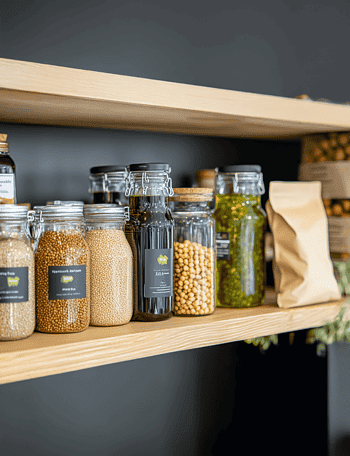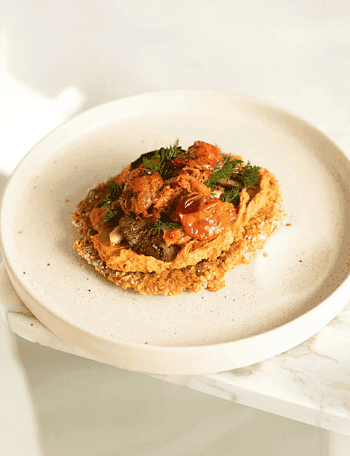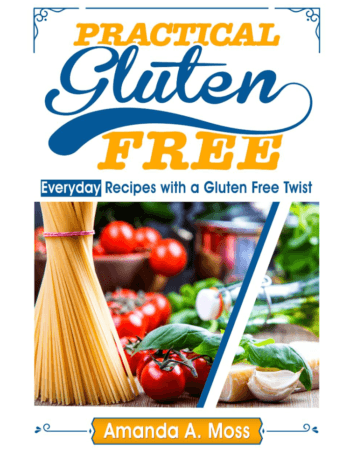Navigating a gluten-free lifestyle can feel overwhelming at first. Knowing which foods are safe to eat and which to avoid is crucial for managing celiac disease, non-celiac gluten sensitivity, or simply choosing a gluten-free diet. This comprehensive gluten-free food list will simplify your journey, providing a clear guide to what you can enjoy and what to watch out for.
FTC Disclosure: This website is supported by advertising and affiliate marketing. This means that when you click on links to various merchants on this site and make a purchase, I can make a commission. As an Amazon Associate, I earn from qualifying purchases. I also participate in other affiliate programs and may earn from qualifying purchases or advertisements. These commissions help me maintain this website and provide you with free content. Rest assured that I only recommend products or services that I personally use or believe are of high quality.
Naturally Gluten-Free Foods
These foods are inherently gluten-free and form the foundation of a healthy gluten-free diet:
- Fruits and Vegetables: All fruits and vegetables are naturally gluten-free. Enjoy a wide variety!
- Protein Sources: Meat, poultry, fish, eggs, beans, lentils, nuts, and seeds are all excellent gluten-free protein options.
- Grains (Specific): Certain grains are gluten-free, including quinoa, brown rice, white rice, wild rice, oats (make sure they are certified gluten-free to avoid cross-contamination), buckwheat, amaranth, millet, sorghum, and teff.
- Legumes: Beans, lentils, chickpeas, and peas are naturally gluten-free and packed with nutrients.
Foods That May Contain Gluten
These foods are inherently gluten-free and form the foundation of a healthy gluten-free diet:
- Fruits and Vegetables: All fruits and vegetables are naturally gluten-free. Enjoy a wide variety!
- Protein Sources: Meat, poultry, fish, eggs, beans, lentils, nuts, and seeds are all excellent gluten-free protein options.
- Grains (Specific): Certain grains are gluten-free, including quinoa, brown rice, white rice, wild rice, oats (make sure they are certified gluten-free to avoid cross-contamination), buckwheat, amaranth, millet, sorghum, and teff.
- Legumes: Beans, lentils, chickpeas, and peas are naturally gluten-free and packed with nutrients.
Gluten-Free Products
Many gluten-free products are available to help you enjoy your favorite foods:
- Gluten-Free Bread: Look for bread made with gluten-free flours like rice flour, almond flour, or tapioca flour.
- Gluten-Free Pasta: Choose pasta made from rice, corn, quinoa, or other gluten-free grains.
- Gluten-Free Crackers and Snacks: Many brands offer gluten-free crackers, cookies, and other snacks. Always check the label.
Tips For Reading Gluten-Free Labels
- Look for “Certified Gluten-Free” Labels: This indicates that the product has been tested and meets strict gluten-free standards.
- Read Ingredient Lists Carefully: Check for wheat, barley, rye, and other gluten-containing ingredients.
- Be Aware of Cross-Contamination: Choose products that are processed in facilities that also process gluten-containing foods.
Notes / Tips
- When dining out, inform your server about your gluten-free needs.
- Carry gluten-free snacks with you when traveling or on the go.
- Join a gluten-free support group or online community for tips and advice.
Following a gluten-free diet doesn’t have to be restrictive. By focusing on naturally gluten-free foods and carefully reading labels, you can enjoy a wide variety of delicious and nutritious meals. For a delicious breakfast treat, check out our Crispy Gluten-Free French Toast recipe.
Share your favorite gluten-free foods and tips in the comments below!
Frequently asked questions:
- Q: What is celiac disease?
- A: Celiac disease is an autoimmune disorder triggered by gluten, leading to damage in the small intestine.
- Q: What is non-celiac gluten sensitivity?
- A: Non-celiac gluten sensitivity causes symptoms similar to celiac disease but without the same intestinal damage.
- Q: How can I avoid cross-contamination?
- A: Choose products labeled “certified gluten-free” and be mindful of shared cooking surfaces and utensils.
- Q: What is celiac disease?



